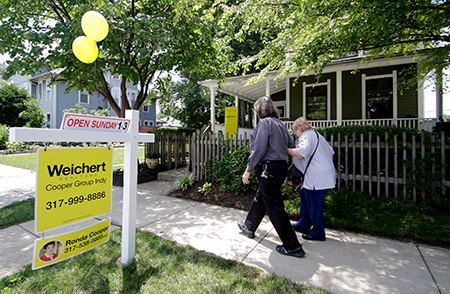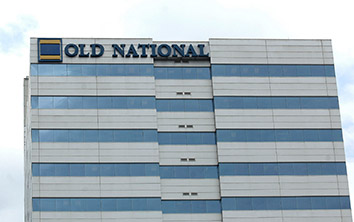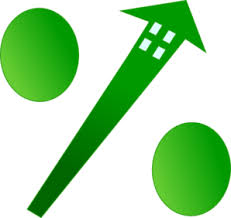
Mortgage company Rocket continues acquisition spree with $9.4B deal
Rocket Cos. said Monday that bringing Mr. Cooper Group Inc. into the fold will create a business representing one in every six mortgages in the United States and give it almost 7 million additional clients.










